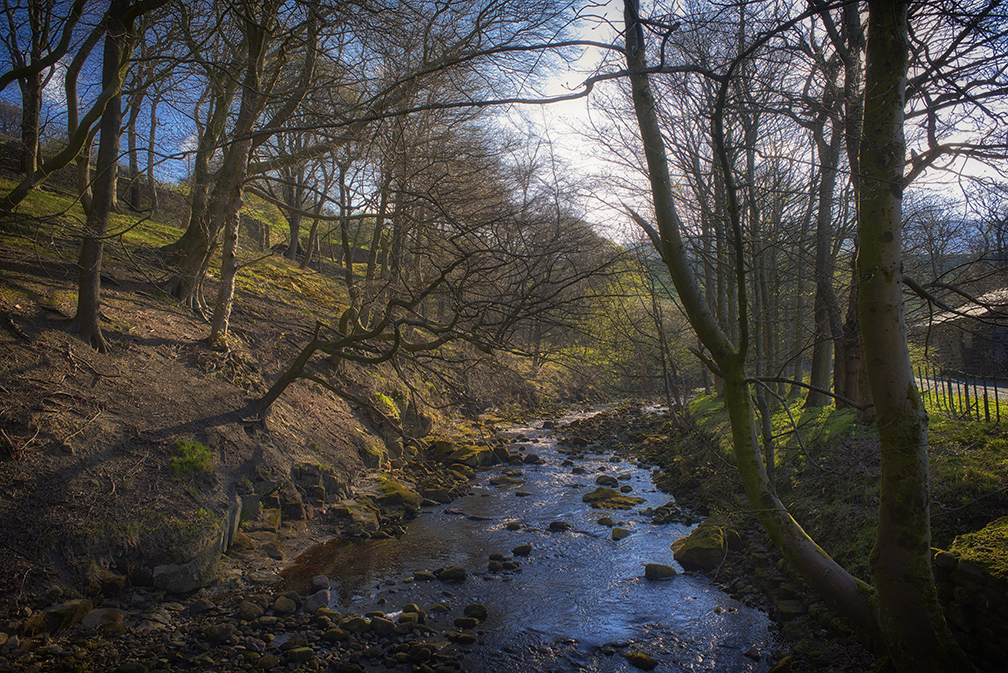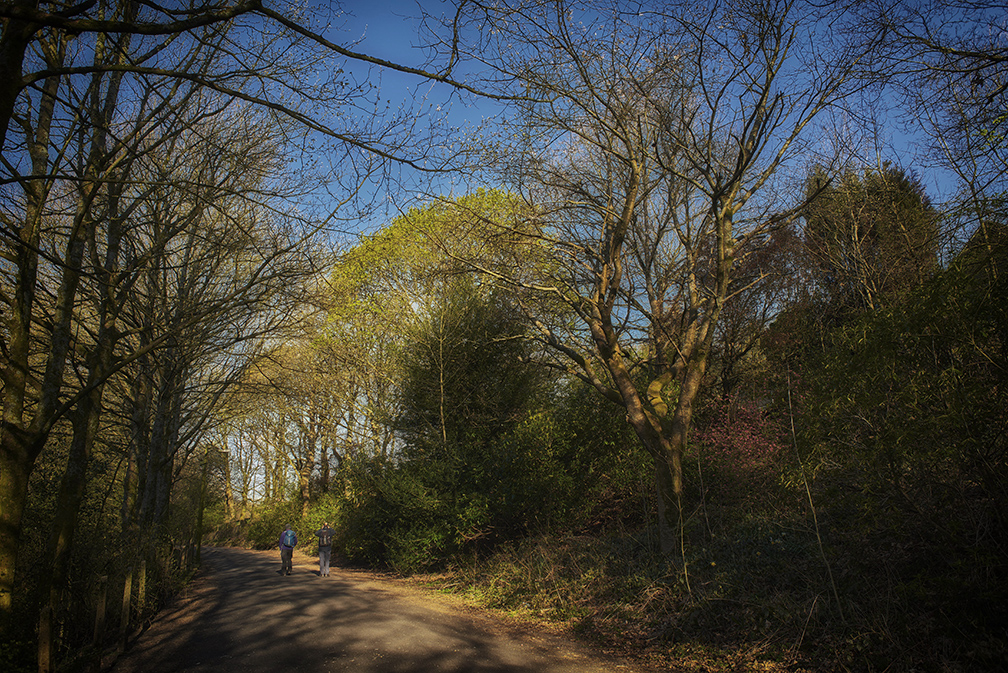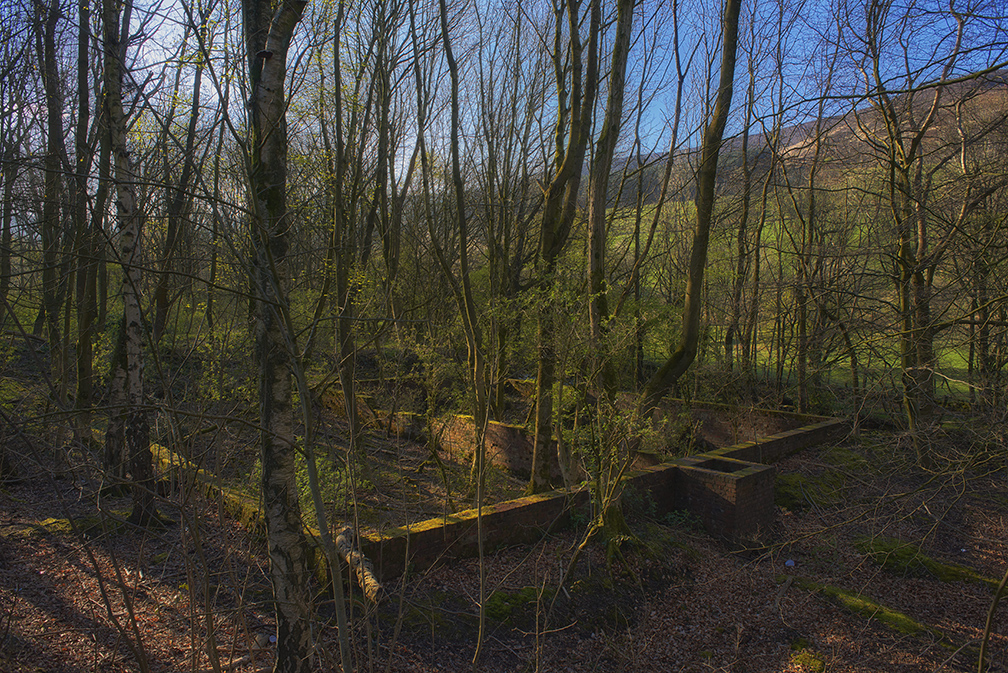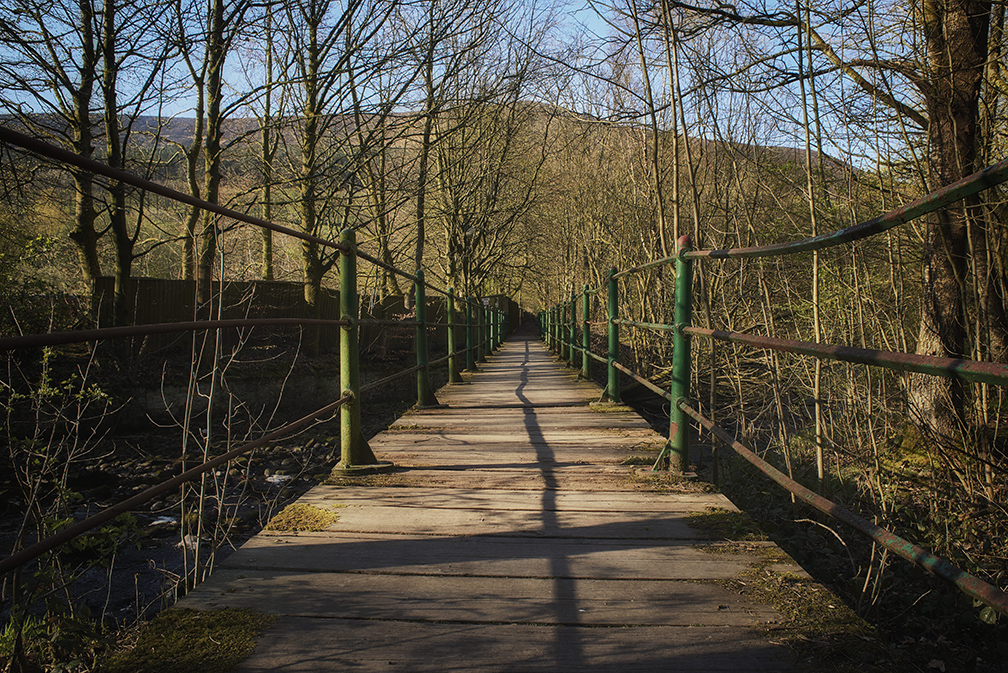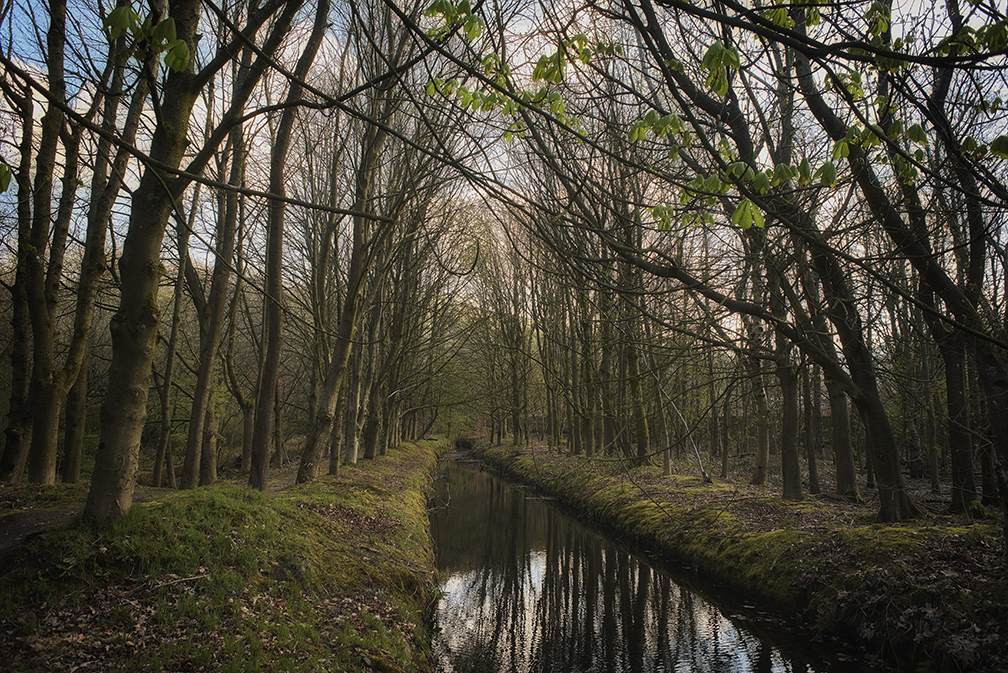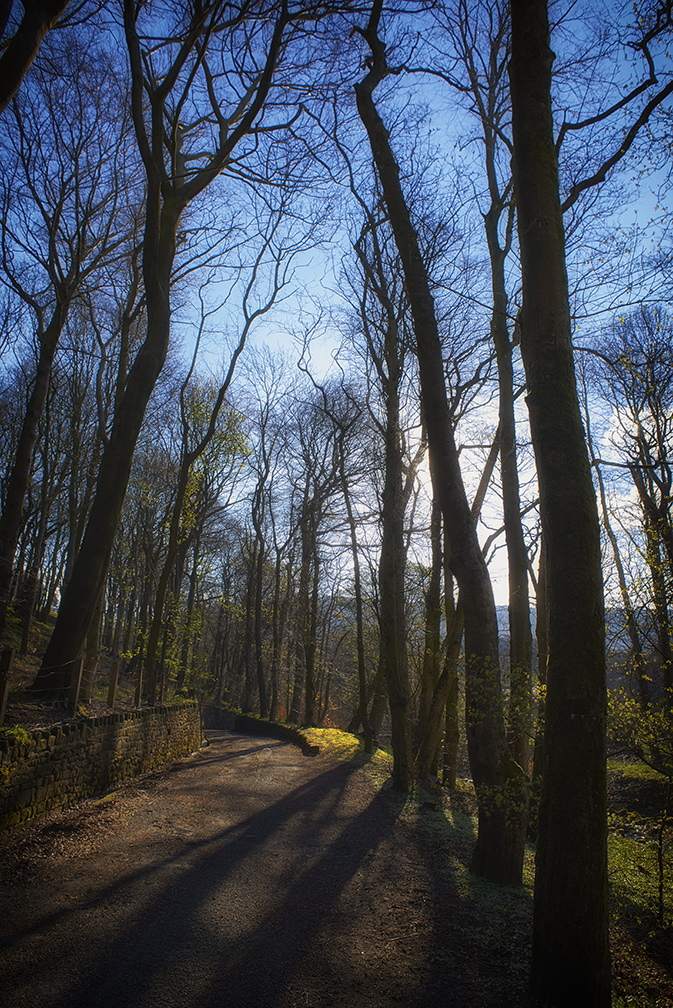As a professional photographer one of my go to lenses for a long time has been the superb AF-S NIKKOR 24-70mm f/2.8G ED. Optically superb and a really versatile 24-70mm focal length range makes it ideal for the majority of assignments. The one down side of the lens is it’s weight, at 900g it’s a lens that certainly lets you know its presence.
After working on a lot of personal assignments with my Leica M-P240 using prime lenses with manual focusing, I started to look into the possibility of using an older wide angle prime with my Nikon D810 instead of being reliant on the 24-70. It soon became clear that the standout candidate for the job was the classic Nikon 24mm f/2.8 AI-s. This manual focus lens has a big reputation for build quality, being constructed of metal as opposed to plastic and optical performance. It was introduced in the late 1970’s and was still being made in 2013 until Nikon switched the lens construction to the plastic casing. At a mere 250g in weight, thus reducing the weight on my shoulder and in my bag by 650g you can see why it was an attractive option to look at.
After a patient wait, I managed to find a mint Nikon 24mm f/2.8 AI-s on eBay for less than £200 so decided to give it a try. Using a legacy AI-s lens on the Nikon D810 is very straightforward, it mounts in the same way as current AFS lenses but you will then need to go into the “Non CPU Lens Data’ menu to manually input the 24mm focal length and f2.8 aperture information to have full colour matrix metering, EXIF data, and finder read out for the aperture. Thankfully, you only need to do this the once and not every time you mount the lens.
The camera will now work in aperture priority mode, naturally by using the ‘old school’ technique of rotating the aperture ring on the lens, or on manual mode. Even though it’s a 24mm lens, depending on what you’re shooting, you still need to be precise with your focusing, especially on a full frame DSLR. For those of you not used to using manual focus lenses, the focus dot in the bottom left of the viewfinder comes in very useful and is fully functional with this lens.
As I’m old enough to remember the analogue days of photography, it was really great to experience an analogue lens with a real aperture ring on my Nikon D810 DSLR. The focus ring is smooth and it’s a great compact, lightweight lens to have in your kit. In terms of the image quality, it doesn’t disappoint, it has a great minimum focusing distance of 0.3m, creates some nice bokeh with lens fall off wide open if shooting scenes with distinct foreground and background separation. When shooting more generic scenes such as landscapes etc you’ll want to work somewhere between f8 to f11 where the lens is at its optical best.
For those on a budget, looking to travel a bit lighter, want a relatively inexpensive wide angle lens for your current DSLR, or simply would like to have a nostalgic experience with your current DSLR, it’s a great lens to invest in.


